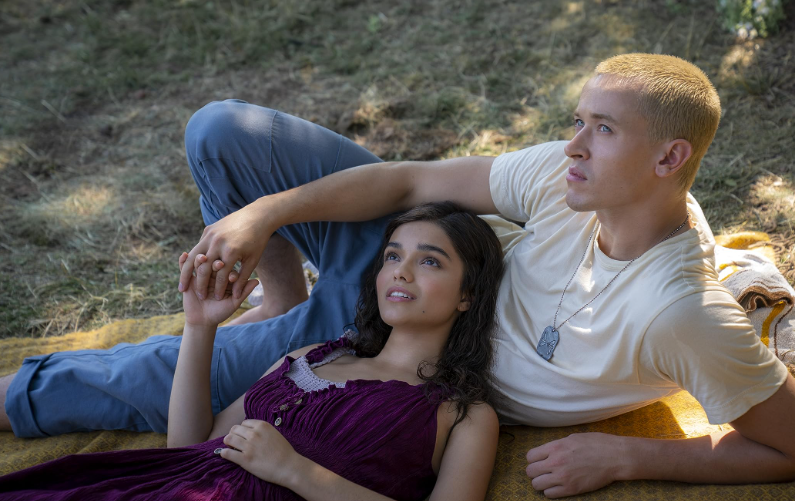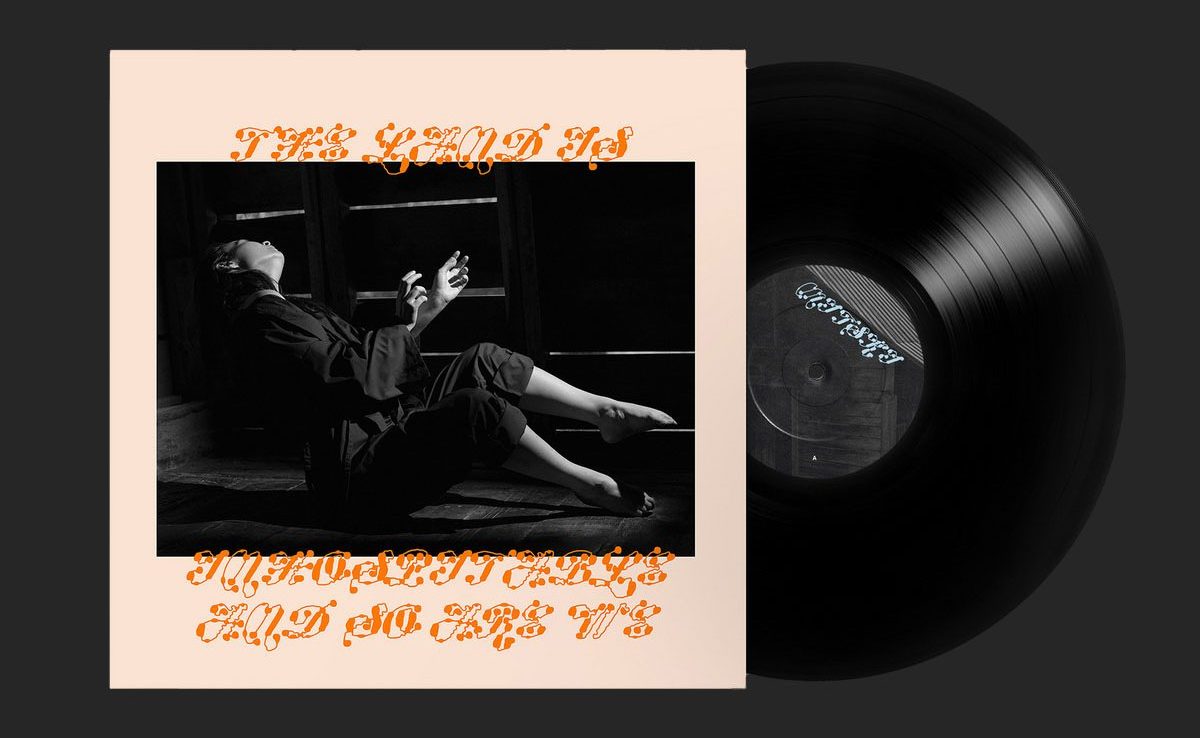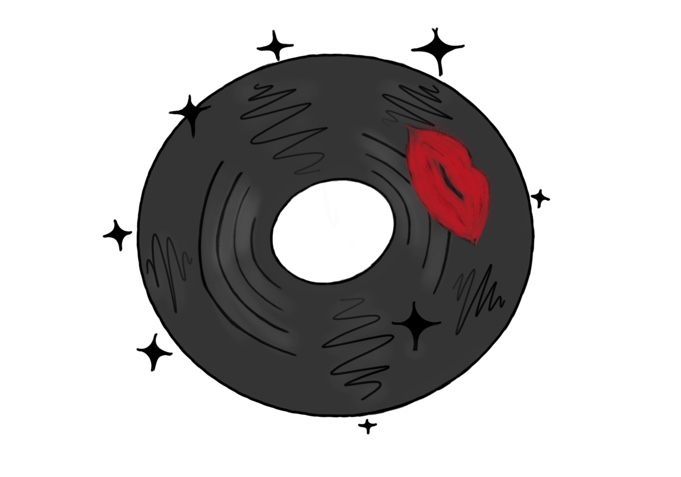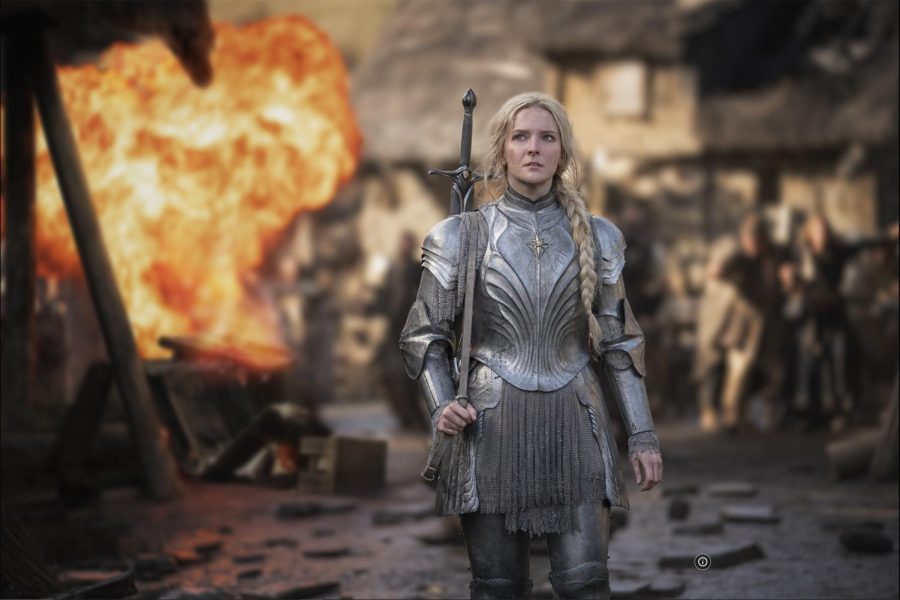[dropcap style=”flat”]E[/dropcap]ver since the release of the first installment of “The Hunger Games” trilogy in 2012, young adult film adaptations have transformed into a rather dystopian era. “The Hunger Games” became a sensation, leading film studios to go on spending sprees, creating similar storylines of “chosen ones” and oppressive governments, resulting in very mixed outcomes. Since the end of “The Hunger Games” films, the “Divergent” series, “The 5th Wave” and “Ender’s Game” failed to kickstart movie franchises. In addition, the delayed production that saw series lead Dylan O’Brien seriously injured in an on-set accident, all led to a lack of interest in the “Maze Runner: The Death Cure,” the final installment of James Dashner’s book series.
Surprisingly, however, the original series director Wes Ball, in addition to the cast and core team, have come together to give the appropriate send off for the “Maze Runner” trilogy. Despite some of the nonsensical elements, the streamlined narrative has transformed into a rousing and somewhat emotional action film, “Maze Runner: The Death Cure,” is by far the most successful of the “Maze Runner” films. This success, however, has come too late to save the series entirely, but it is a relief that at least one movie in the series managed to hit home.
[note note_color=”#6cd3a1″ radius=”16″]Fast facts: The Death Cure had a box office opening of $23.5 million. Source: Box Office Mojo[/note]
Perhaps mindful that the finale is unlikely to attract many newcomers at this point, “Death Cure” spends little time catching up the audience on the events of the first two films. For those who have forgotten, our hero Thomas (Dylan O’Brien) is still hard at work fighting an evil agency known as WCKD, which imprisoned him along with a group of other teenagers in a monster-filled labyrinth called “The Glade” in the first film. WCKD continued their pursuit of the escapees, chasing them across the desert wasteland in the second. Both human lab rat experiments were parts of the complicated strategy to fight the global pandemic known as “The Flare,” which turns the infected into a zombie-like creature given the title of “Crank.” The helpless teenager prisoners of the maze are immune to the effects of the Flare virus, and the two diabolical scientists running WCKD’s project (Aidan Gillen and Patricia Clarkson) subject them to numerous procedures in hopes they will be able to extract a cure from their blood.
This sub-concept, revealed at the end of the first film and elaborated upon in the second, is all a little silly, but rather than expand upon the particulars, “Death Cure” barely concerns itself with them. Instead, the audience is left with a jailbreak movie. Director Wes Ball engulfs his expertise, wasting no time to demonstrate his passion for action, kicking off the film with a solidly performed train robbery sequence. The robbers, Thomas and his Glader friends Newt (Thomas Brodie-Sangster) and Frypan (Dexter Darden), in addition to the cynical resistance members Brenda (Rosa Salazar) and Jorge (Giancarlo Esposito) target a train full of young prisoners as it head to a WCKD facility. Among the prisoners is their dear friend Minho (Ki Hong Lee). The robbers successfully rescue a car full of kids, but Minho isn’t there. Once the group finds that he has been taken to WCKD headquarters in the last fortress of a civilization, appropriately named Last City, the gang pledges to rescue their friend or die trying.
The Last City, which the group eventually reaches after some adventure, beholds gleaming skyscrapers surrounded by heavily fortified walls, keeping the filthy and diseased below from entering. Inside, however, it is similar to another WCKD controlled labyrinth, which may prove to be the deadliest of all.
Struggling to find a way inside, Thomas and company come across a mysterious, gruesomely scarred resistance figure (Walton Goggins), as well as an unexpected returning figure from the first film. Once the group is finally able to breach the fortress walls, the film comes to life. Despite the reliance on computer graphics for many of the film’s aerial shots, all street-level scenes are effectively designed, from the propaganda broadcasting on electronic billboards to the half glimpsed arrests of the possibly infected on street corners. While not as visually impressive and attractive as the Capitol in “The Hunger Games,” the Last City is a more believable rendering of a post-apocalyptic metropolis.
Although well produced, “Death Cure” can certainly fall victim to overkill, the climax dragging out several scenes longer than need be along with the thunderous sound with each repetitious explosion. Additionally, there are more than a few important plot turns that lost context in the transition from the novel to film. Despite these flaws, the firefights and daring escapes amidst the action is nothing less than impressive. “The Maze Runner” was Ball’s first film, and his ability to create reasonable and fantastic setpieces has improved greatly throughout the trilogy.
In the end, “Maze Runner: The Death Cure,” is both well designed and well executed, leaving audiences content with the final installment of the film, but disappointed with the franchise as a whole. Despite the flaws of the first two films and some of the unnecessary elongation of scenes in this film, “Death Cure” sees the main characters mature as actors and as a cohesive cast you wouldn’t mind spending time with. Sadly, this cohesiveness came just as the group is preparing to say goodbye. Better late than never.
What did you think of the movie? Let us know down below!
‘The Death Cure’, a strong finale for a weak franchise
January 28, 2018
1
0
More to Discover




















































































Ethan Hayes • Jan 30, 2018 at 7:29 pm
I read the first Maze runner book and absolutely loved it. Then I saw the movie and it totally disenfranchised me from reading the rest of the series and I didn’t even bother going to see the other movies. For me I, it felt as if I was reliving the whole divergent series again.